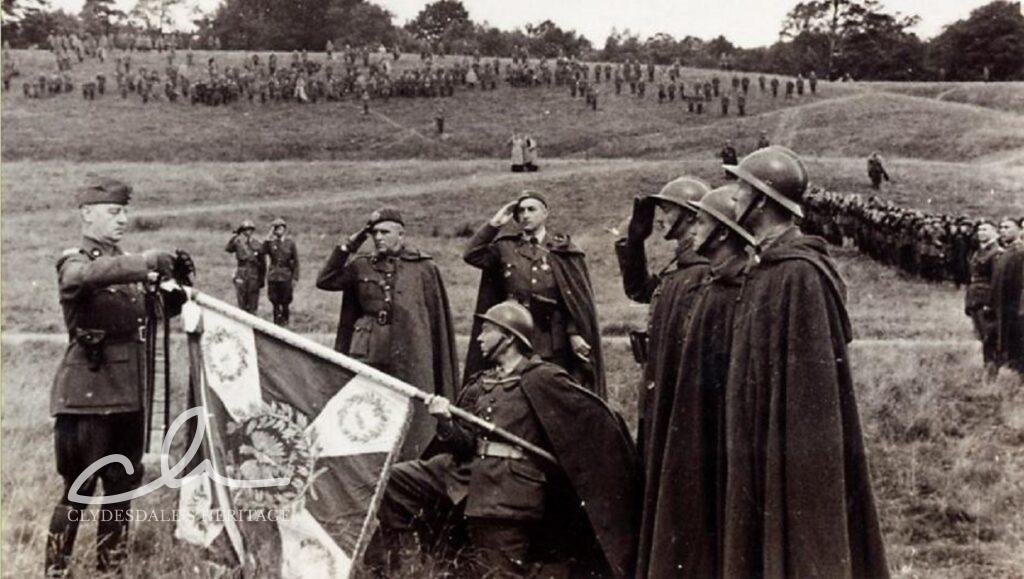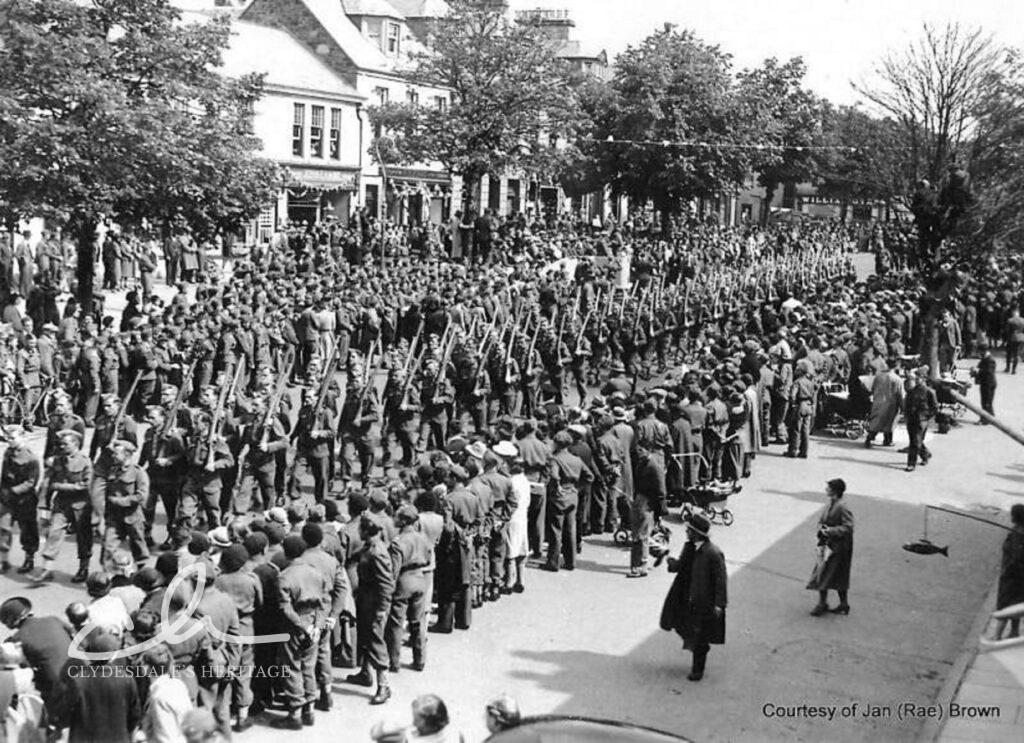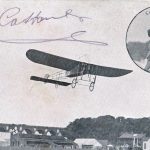Since I came to live in Clydesdale, I have been conscious of the important contribution that the Polish Army made in World War II and I feel that this has been to some extent forgotten. As far as I am aware there is no wreath laid in the Memorial Hall to commemorate their contribution.
The invasion of Poland was the reason that we declared war on Germany in September 1939 but by the end of the war that was forgotten. Poland was left under Stalin’s control at the Yalta Conference of February 1945 and the Poles were not to be represented in the Victory Parade of 1945 as Atlee did not want to offend Stalin.
The story of two Poles connected with Biggar High School made me aware of the major part played by them in World War II. One of our technicians Sigmund Zostroesky – better known to us as Simon – had been in the Polish Navy in World War II. He spent his war on a destroyer guarding the Arctic Convoys; this was an extremely dangerous mission.
The other person that I met was Felix Moritz, who was married to Diana who worked in the Home Economics Department. Felix had a major adventure in getting to Scotland. First he fled to Czechoslovakia and from there to Yugoslavia. After further struggles he was eventually evacuated from St Nazaire to England. However, he was not in England long before he was sent off to Narvik in Norway. This campaign in 1940 was not a success and he is again evacuated. Eventually he joined the Polish Navy like Sigismund and also endured the harsh Arctic conditions.
The Poles in 1940 were in many places in Clydesdale. The largest concentration was camped near the ruins of Castle Dangerous at Douglas. Here, there is a memorial near the entrance to the estate. Another large contingent went to Biggar with a further detachment sent off to live near Crawford and Symington.

Above: The presentation of bravery awards at Douglas where many of the Poles were initially based. Photo source unknown.
There were altogether about six thousand Polish soldiers in the various camps plus there were women and children who had to be accommodated. To deal with the administration and the schooling Eastend House near Carmichael was used. The owners of other large houses such as Symington and Cleghorn were encouraged to loan their houses to the Government for the duration of the war. Symington for example ended up as a hospital.

Above: The Polish army on parade in Biggar. Photo courtesy of Jan (Rae) Brown.
It was not long before most of the Polish soldiers were sent off to defend the East Coast of Scotland. After training exercises the Polish Army was sent to the Middle East to guard the oil pipe lines from Iran. After this situation stabilized, they were sent on their most dangerous mission which was to Monte Cassino. The Poles and the Gurkhas have passed into legend as the true heroes of this epic battle.
At the end of the war, many Poles decided to come back to Clydesdale to marry their Scottish girlfriends rather than go back to Poland which was now under a Communist dictator.
To finish, the courageous contribution of the Poles in the fight for the liberation of Europe and the restoration of Democracy should never be forgotten.
Ed Archer, 19 November 2024
Unless otherwise stated, all text, images, and other media content are protected under copyright. If you wish to share any content featured on Clydesdale's Heritage, please get in touch to request permission.




